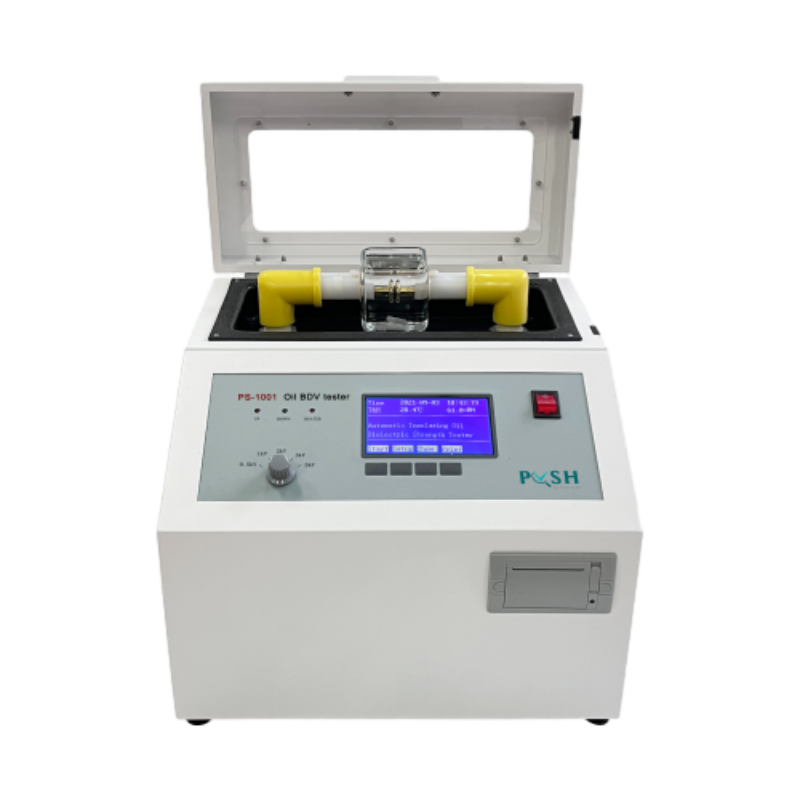 English
English



-
 Afrikaans
Afrikaans -
 Albanian
Albanian -
 Amharic
Amharic -
 Arabic
Arabic -
 Armenian
Armenian -
 Azerbaijani
Azerbaijani -
 Basque
Basque -
 Belarusian
Belarusian -
 Bengali
Bengali -
 Bosnian
Bosnian -
 Bulgarian
Bulgarian -
 Catalan
Catalan -
 Cebuano
Cebuano -
 China
China -
 China (Taiwan)
China (Taiwan) -
 Corsican
Corsican -
 Croatian
Croatian -
 Czech
Czech -
 Danish
Danish -
 Dutch
Dutch -
 English
English -
 Esperanto
Esperanto -
 Estonian
Estonian -
 Finnish
Finnish -
 French
French -
 Frisian
Frisian -
 Galician
Galician -
 Georgian
Georgian -
 German
German -
 Greek
Greek -
 Gujarati
Gujarati -
 Haitian Creole
Haitian Creole -
 hausa
hausa -
 hawaiian
hawaiian -
 Hebrew
Hebrew -
 Hindi
Hindi -
 Miao
Miao -
 Hungarian
Hungarian -
 Icelandic
Icelandic -
 igbo
igbo -
 Indonesian
Indonesian -
 irish
irish -
 Italian
Italian -
 Japanese
Japanese -
 Javanese
Javanese -
 Kannada
Kannada -
 kazakh
kazakh -
 Khmer
Khmer -
 Rwandese
Rwandese -
 Korean
Korean -
 Kurdish
Kurdish -
 Kyrgyz
Kyrgyz -
 Lao
Lao -
 Latin
Latin -
 Latvian
Latvian -
 Lithuanian
Lithuanian -
 Luxembourgish
Luxembourgish -
 Macedonian
Macedonian -
 Malgashi
Malgashi -
 Malay
Malay -
 Malayalam
Malayalam -
 Maltese
Maltese -
 Maori
Maori -
 Marathi
Marathi -
 Mongolian
Mongolian -
 Myanmar
Myanmar -
 Nepali
Nepali -
 Norwegian
Norwegian -
 Norwegian
Norwegian -
 Occitan
Occitan -
 Pashto
Pashto -
 Persian
Persian -
 Polish
Polish -
 Portuguese
Portuguese -
 Punjabi
Punjabi -
 Romanian
Romanian -
 Russian
Russian -
 Samoan
Samoan -
 Scottish Gaelic
Scottish Gaelic -
 Serbian
Serbian -
 Sesotho
Sesotho -
 Shona
Shona -
 Sindhi
Sindhi -
 Sinhala
Sinhala -
 Slovak
Slovak -
 Slovenian
Slovenian -
 Somali
Somali -
 Spanish
Spanish -
 Sundanese
Sundanese -
 Swahili
Swahili -
 Swedish
Swedish -
 Tagalog
Tagalog -
 Tajik
Tajik -
 Tamil
Tamil -
 Tatar
Tatar -
 Telugu
Telugu -
 Thai
Thai -
 Turkish
Turkish -
 Turkmen
Turkmen -
 Ukrainian
Ukrainian -
 Urdu
Urdu -
 Uighur
Uighur -
 Uzbek
Uzbek -
 Vietnamese
Vietnamese -
 Welsh
Welsh -
 Bantu
Bantu -
 Yiddish
Yiddish -
 Yoruba
Yoruba -
 Zulu
Zulu
Understanding the Knee Point Voltage of Current Transformers in Electrical Systems
Understanding Current Transformer Knee Point Voltage
Current transformers (CTs) are essential devices in electrical engineering, particularly in power systems. They play a crucial role in measuring alternating current (AC) by producing a smaller and manageable output current that is proportional to the input current. However, to ensure these devices operate effectively without saturation, it's important to understand the concept of knee point voltage.
What is Knee Point Voltage?
Knee point voltage (Vkp) refers to a specific threshold voltage at which the output of a current transformer begins to distort significantly due to saturation. In simple terms, when a current transformer reaches this knee-point, it can no longer accurately maintain the linear relationship between the primary (input) current and the secondary (output) current. This phenomenon can lead to erroneous readings and can significantly impact the performance of protective relays and metering devices.
Understanding the knee point voltage is vital for system designers and electrical engineers. It helps in selecting the right current transformer for specific applications, particularly when designing protection schemes for power systems. If the knee point voltage is exceeded during transient conditions (such as short-circuits), the CT can saturate, leading to incorrect current readings, and potentially failing to trip the circuit breaker when needed.
Significance of Knee Point Voltage
The knee point voltage serves several important functions in power systems
1. Protection Scheme Reliability Current transformers are often integrated into protection schemes to ensure the safety and reliability of the power system. If the knee point voltage is not adequately understood, it may lead to the selection of a transformer that cannot handle fault conditions effectively, jeopardizing the entire system.
2. Accurate Metering For billing and measurement purposes, accurate readings of current are crucial. A current transformer that saturates can yield incorrect measurements, leading to financial discrepancies and operational inefficiencies.
current transformer knee point voltage

3. System Design Optimization Knowing the knee point voltage helps engineers design systems that can withstand various operational stresses without compromising performance. This is especially critical in high-power applications where current levels can vary significantly.
Calculating Knee Point Voltage
Knee point voltage can be determined using the formula
\[ V_{kp} = \frac{P_{rated}}{I_{rated} \times \text{CT Ratio}} \]
Where - \( P_{rated} \) is the rated power of the transformer, - \( I_{rated} \) is the rated current, - \text{CT Ratio} is the turns ratio of the transformer.
Accurate calculation ensures that the current transformer is suitable for the intended application and can handle expected fault conditions without entering saturation.
Conclusion
In conclusion, knee point voltage is a critical aspect of current transformer operation that directly affects the performance and accuracy of electrical measurements in power systems. Understanding this concept not only helps in selecting the appropriate current transformers for protection and metering but also ensures the reliability and safety of the entire electrical infrastructure. Electrical engineers and system designers must prioritize knee point voltage when designing and implementing power systems, as it plays a fundamental role in the efficiency and reliability of electrical networks. By adhering to the principles surrounding knee point voltage, they can mitigate risks associated with saturation and ensure their systems perform optimally under all operating conditions.
-
Testing Equipment Industry Sees Major Advancements in 2025: Smart & Precision Technologies Lead the WayNewsJun.06,2025
-
Applications of Direct Current Generators in Renewable Energy SystemsNewsJun.05,2025
-
Hipot Tester Calibration and Accuracy GuidelinesNewsJun.05,2025
-
Digital Circuit Breaker Analyzer Features and BenefitsNewsJun.05,2025
-
Benefits of Real-Time Power Quality Monitoring Devices for Industrial EfficiencyNewsJun.05,2025
-
Earth Fault Loop Testing in High-Rise Building Electrical SystemsNewsJun.05,2025



